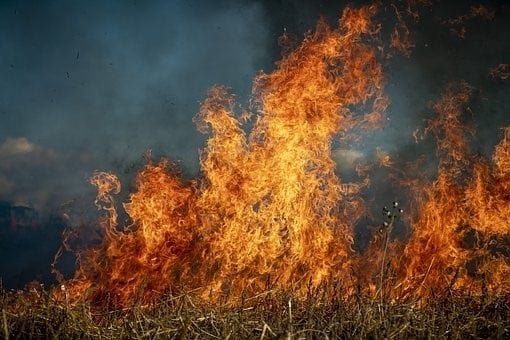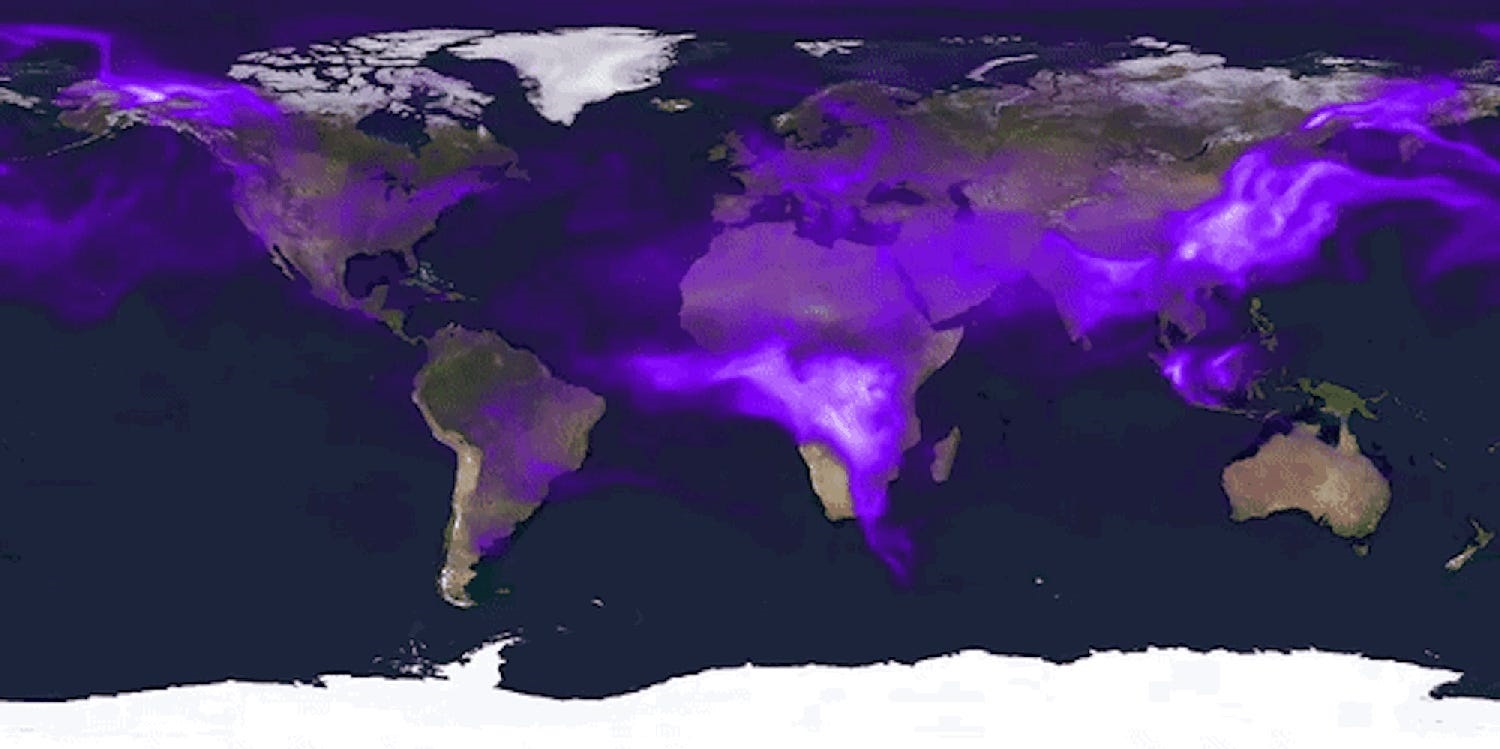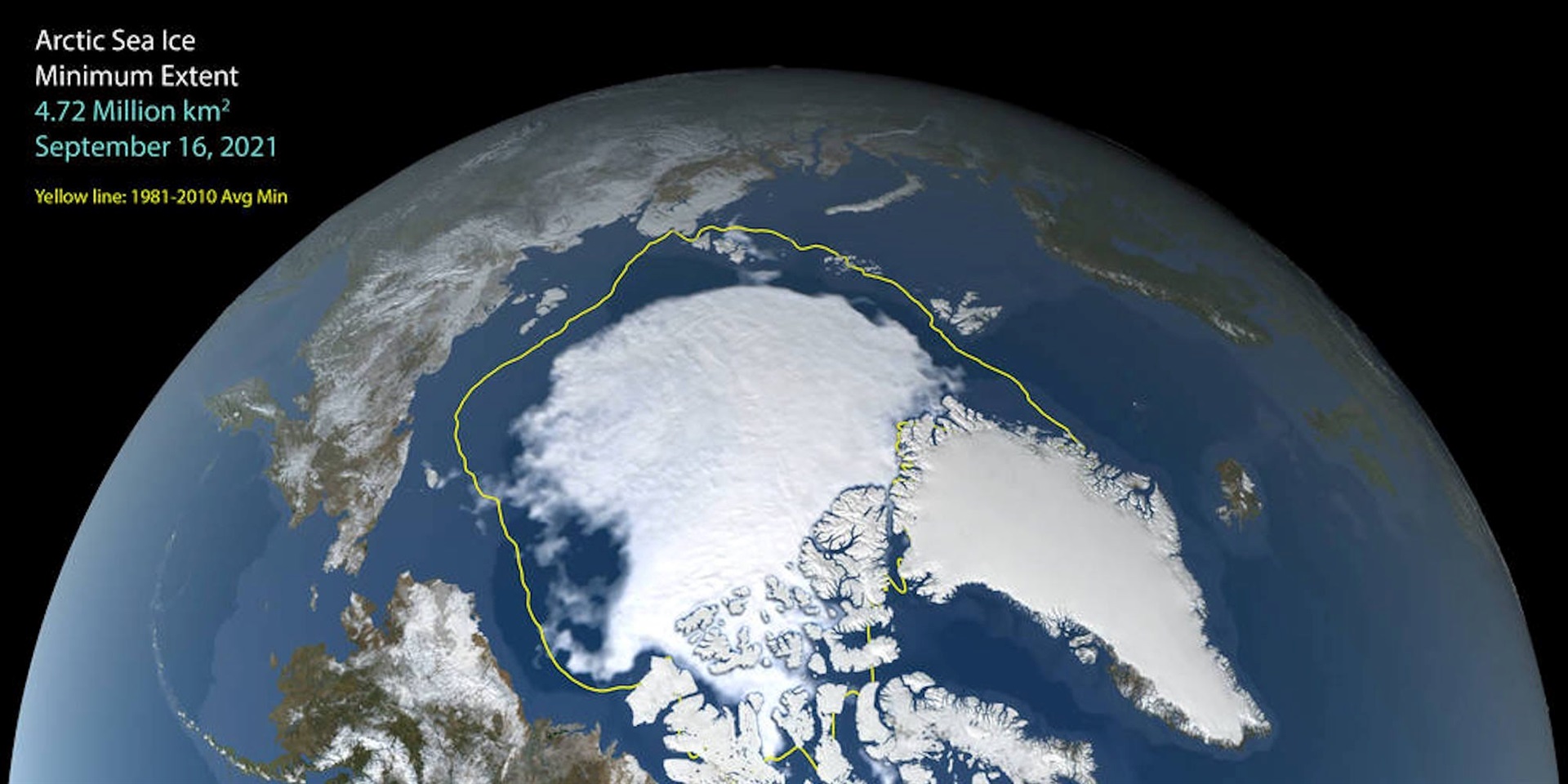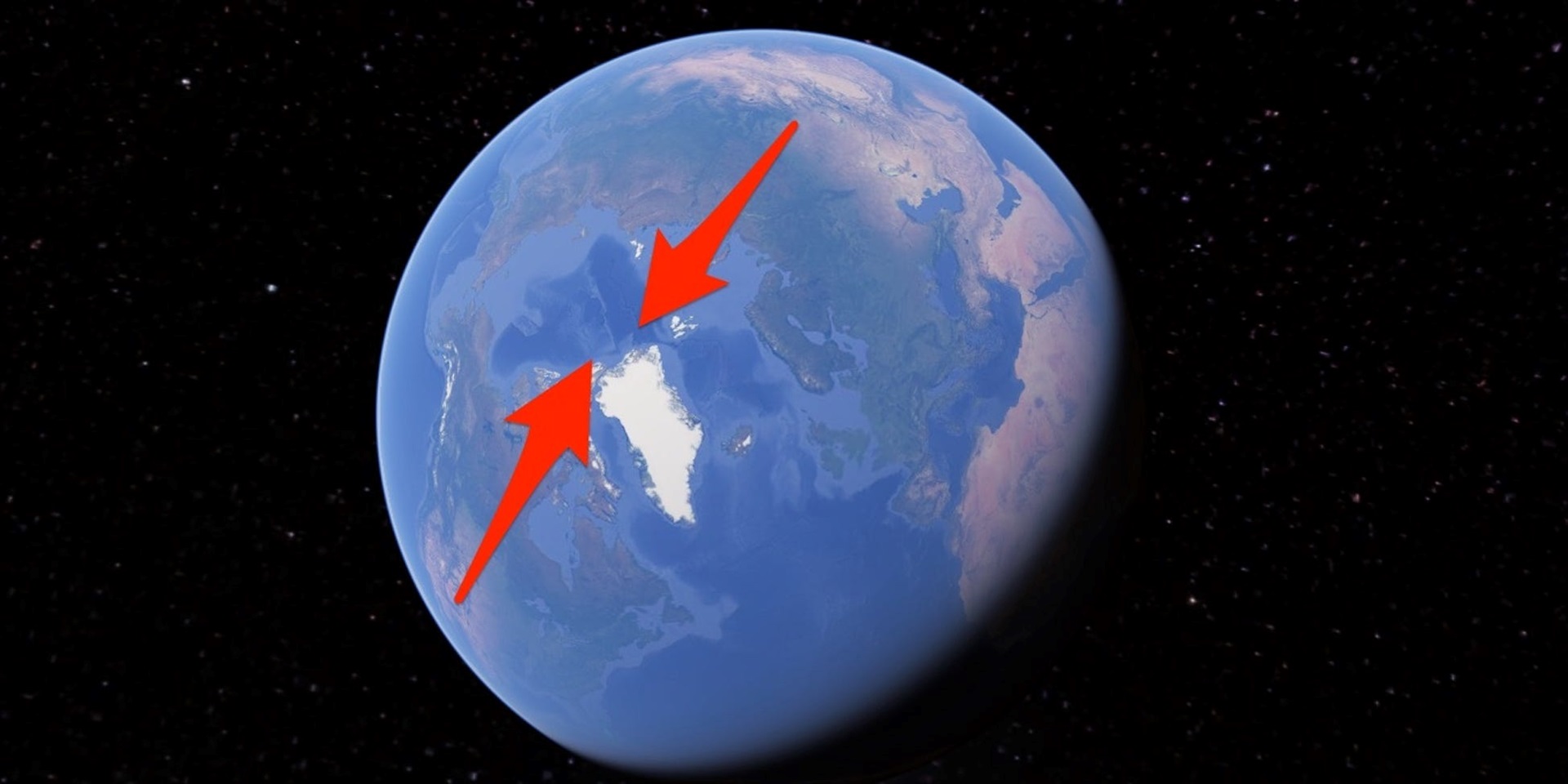Businessinsidercoza Wildfires in US Siberia throwing soot into high atmosphere - its landing in the Arctic melting ice

Pixabay
Wildfires have been brutal these past few years, and may have wider-reaching implications than first realized.
The vast blazes send soot particles so high into the atmosphere that they are carried as far as the Arctic, where they may be intensifying warming there as well.
New research has suggested the effect could be more profound than previously thought.
"As global warming accelerates, the number and the scale of the biomass burning are increasing," said Sho Ohata, an associate professor of environmental research from the University of Nagoya, Japan, told Insider.
Particles in the soot from those fires are called "black carbon." Scientists are trying to understand how their emissions could change how global temperatures will rise, experts told Insider.
 The global atmospheric black carbon density from August 1, 2009 through November 19, 2009. Black carbon on white ice
The global atmospheric black carbon density from August 1, 2009 through November 19, 2009. Black carbon on white iceTemperatures over the Arctic are rising twice as quickly as average global temperatures.
The arctic ice sheet acts like a huge sun visor for the Earth: it reflects a large amount of sunlight back to space.
As it disappears, the sunlight instead warms the Earth, contributing to global temperature rises.
Scientific models already predict that by the middle of the century, the Arctic will be completely free of ice in the summer.
 A still image visualizing Arctic sea ice on Sept. 16, 2021, when the ice appeared to reach its yearly minimum extent.
A still image visualizing Arctic sea ice on Sept. 16, 2021, when the ice appeared to reach its yearly minimum extent. According to a study published in the peer-reviewed journal Atmospheric Chemistry and Physics on Thursday, to which Ohata contributed, current climate models underestimate the contribution of wildfires to black carbon in the Arctic atmosphere by a factor of three.
Makoto Koike, an associate professor of Earth and Planetary Physics at the University of Tokyo, told Insider that the main driver of the planet warming up is CO2 emissions. Koike was also an author on the study.
"But black carbon may also accelerate the rapid increase in temperature, there are very large uncertainties...We cannot say, for example, [if] wildfires burning over in California this year affect the Arctic or not.
"But we need to realise that that may happen, even though we don't know," he said.
 Arrows show the proximity between fires in North America and Siberia to the Arctic sea ice.
Arrows show the proximity between fires in North America and Siberia to the Arctic sea ice. What we know is that fires in mid-latitudes, like those from the Zombie Siberian wildfires and those that ravage Norht America year after year, throw up black carbon that makes it to the Arctic.
"The Arctic is affected quite a lot because these emission sources are fairly close, whereas the Antarctic is much, much further away," Markus Frey, a senior scientist in the British Antarctic Survey, told Insider.
One indisputable effect of the black carbon is that, as it darkens the ice, the ice is more likely to melt, the experts told Insider.
There's more uncertainty about whether the black carbon also warms the atmosphere.
Mikael Hildén, a professor researching environmental policy at the Finnish Environment Institute and author on a recent report on black carbon for the Arctic Council, told Insider that its effects can cut both ways.
Hildén says that forest fires, for instance, can give off sulfur alongside the black carbon, which may reflect light back into space and actually cool the atmosphere down.
 Two Humpback whales are swimming together among icebergs in the arctic ocean, in Ilulissat, Greenland.
Two Humpback whales are swimming together among icebergs in the arctic ocean, in Ilulissat, Greenland. If this effect outweighs other warming impacts, then it may not be so bad for the planet.
But other particles that make up black carbon can be coated by chemicals that make them more absorbent, meaning that they'll give off even more heat, Ohata said.
"Depending on the origin of the black carbon and the different proportions, then that can be a cooling effect and warming effect," said Hildén.
"The current consensus seems to be leaning towards saying that there's a net warming effect," he said.
Get the best of our site emailed to you every weekday.Go to the Business Insider front page for more stories.
0 Response to "Businessinsidercoza Wildfires in US Siberia throwing soot into high atmosphere - its landing in the Arctic melting ice"
Post a Comment